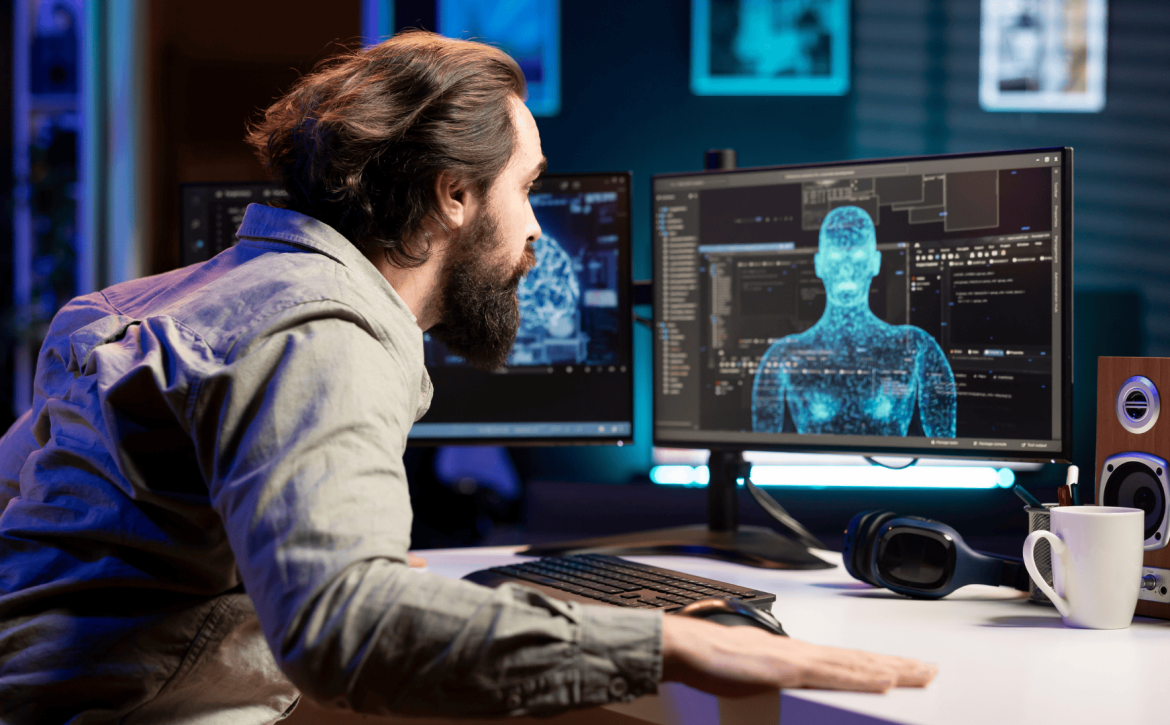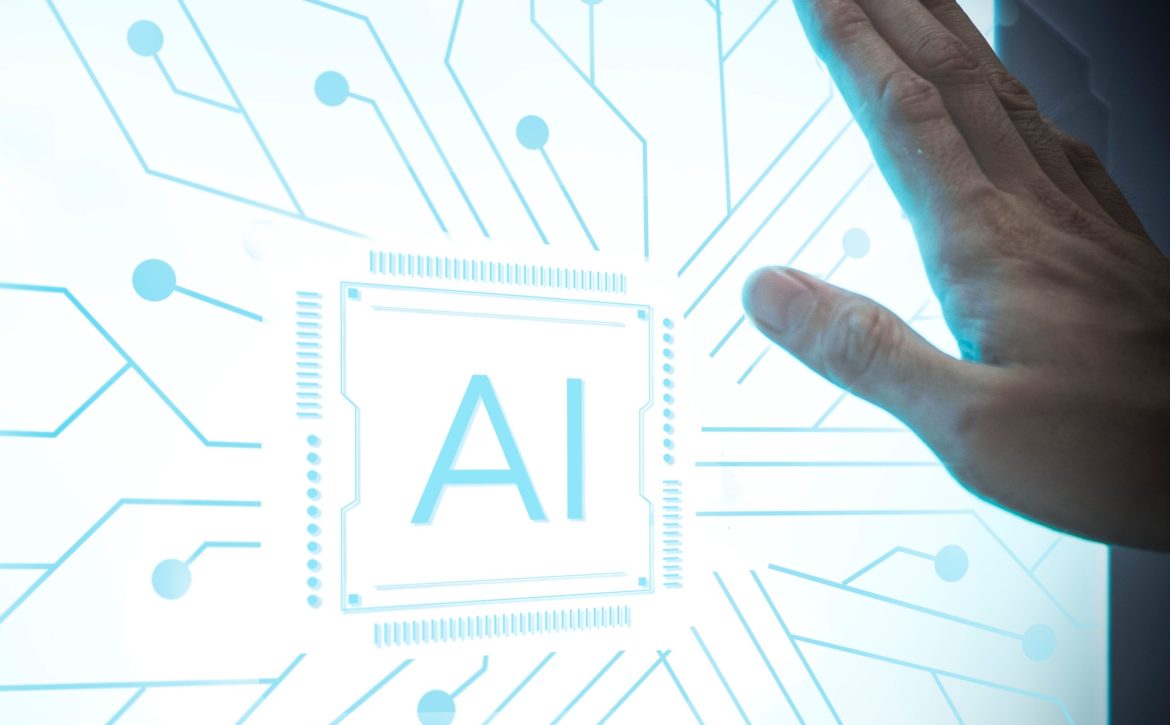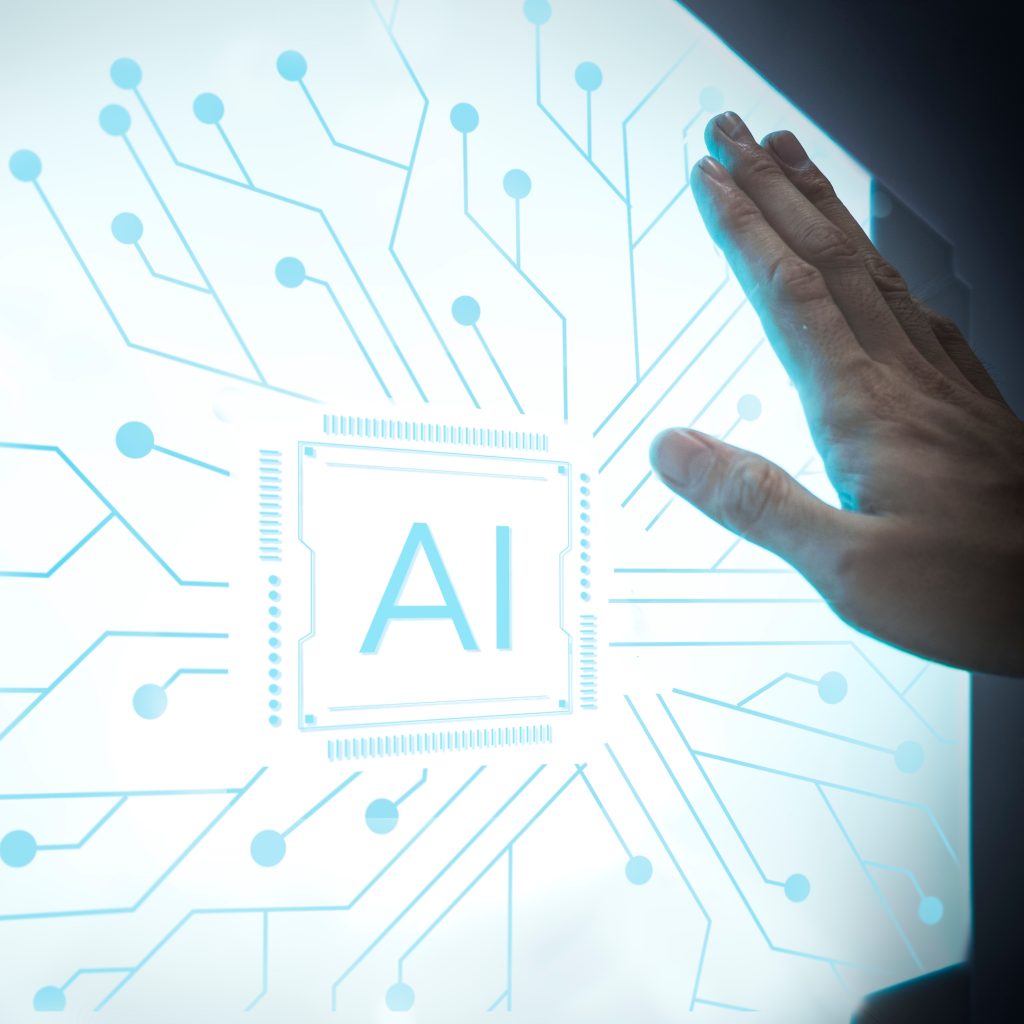AI for Content Creation Writing Images and Beyond.
AI for Content Creation: Writing, Images, and Beyond
The digital age has ushered in an era of unprecedented content creation, with businesses and individuals alike striving to produce engaging and high-quality material. Artificial intelligence (AI) has emerged as a powerful ally in this endeavor, automating and enhancing various aspects of content creation, from writing and image generation to beyond. This article explores the transformative impact of AI on content creation and its diverse applications.
The Rise of AI in Content Creation
AI’s ability to process vast amounts of data and generate human-like outputs has revolutionized content creation. Machine learning algorithms can analyze patterns, understand context, and produce compelling content across various formats.
- Automation: AI automates repetitive tasks, freeing up human creators to focus on strategic and creative aspects.
- Personalization: AI tailors content to individual preferences, enhancing engagement and relevance.
- Efficiency: AI accelerates content production, enabling faster turnaround times and increased output.
AI-Powered Writing Tools
AI writing tools are transforming the way we create written content, offering assistance with grammar, style, and content generation.
Grammar and Style Enhancement
AI tools like Grammarly and ProWritingAid analyze text for grammatical errors, stylistic inconsistencies, and plagiarism, ensuring high-quality writing.
Content Generation
AI writing assistants like Jasper and Copy.ai can generate blog posts, marketing copy, and social media content based on user prompts and specifications.
SEO Optimization
AI tools can analyze keywords and optimize content for search engines, improving visibility and organic traffic.
AI Image Generation
AI is also revolutionizing visual content creation, enabling the generation of unique and high-quality images.
- Text-to-Image Generation: AI models like DALL-E and Midjourney create images based on text descriptions.
- Image Editing and Enhancement: AI tools can automate image editing tasks, such as background removal, color correction, and upscaling.
- Custom Image Creation: AI can generate custom images for marketing materials, social media, and website design.
Beyond Writing and Images
AI’s applications in content creation extend beyond writing and images, encompassing various other formats and mediums.
- Video Generation: AI tools can automate video editing, generate subtitles, and even create entire videos from text scripts.
- Audio Content: AI can generate voiceovers, create music, and transcribe audio files.
- Interactive Content: AI can create interactive quizzes, polls, and chatbots to engage audiences.
The Future of AI in Content Creation
As AI technology continues to advance, its role in content creation will only expand. We can expect more sophisticated tools and applications that further automate and enhance the creative process.
- Enhanced Personalization: AI will enable even more personalized content experiences.
- AI Collaboration: Human creators and AI tools will collaborate seamlessly to produce innovative content.
- Ethical Considerations: Addressing issues of copyright, originality, and the impact of AI on human creativity.
Conclusion: AI is transforming content creation, offering powerful tools and capabilities that enhance efficiency, personalization, and creativity. By embracing AI, creators can unlock new possibilities and produce engaging content that resonates with audiences.



